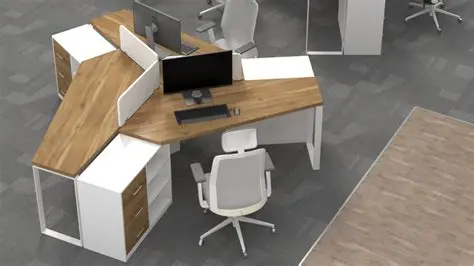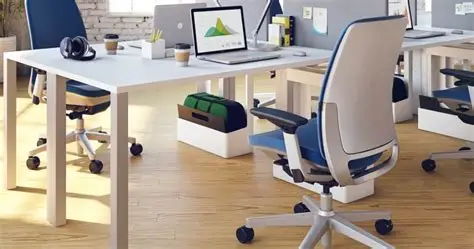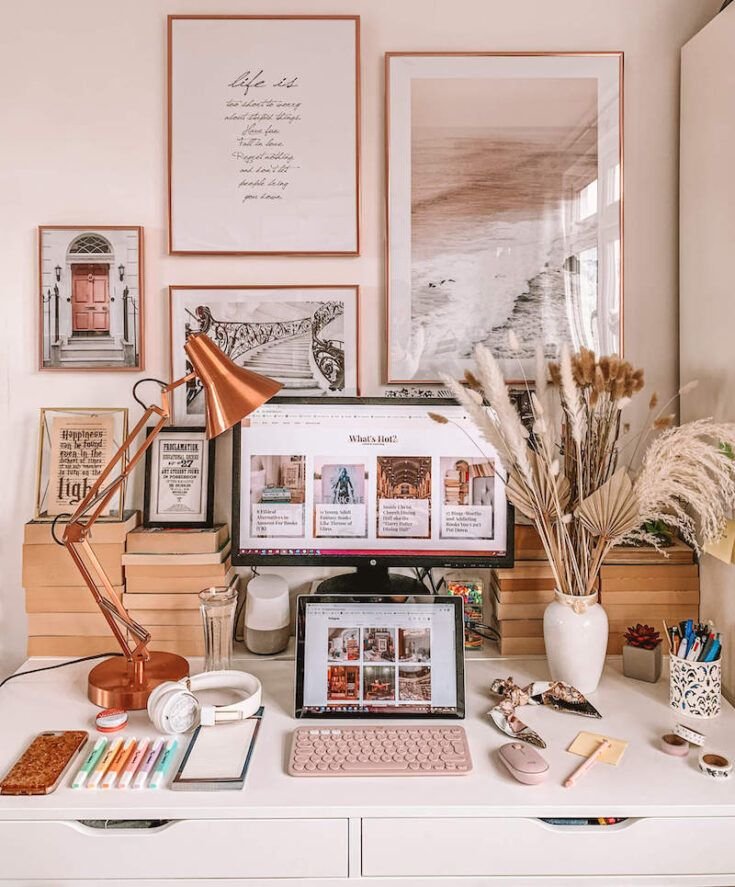
How to Organize Office Furniture
Organizing office furniture is a key step in creating a workspace that is both functional and inviting. A well-organized office helps improve productivity, fosters collaboration, and makes the best use of available space. Whether you are setting up a new office or rearranging an existing one, thoughtful furniture placement can transform your work environment. Here’s a step-by-step guide on how to organize office furniture effectively.
Assess Your Office Space and Needs
Start by evaluating the size and layout of your office. Consider the number of employees, their roles, and how they interact daily. Do they require private spaces for focused work, or does your team thrive in open, collaborative settings? Understanding these needs will guide the placement and selection of furniture.
Measure the room dimensions and note the location of windows, doors, and power outlets. This information is crucial for planning furniture arrangements that maximize natural light and accessibility.
Create Zones for Different Activities
Divide your office into distinct zones based on the activities that occur in each area. Common zones include workstations, meeting spaces, break areas, and storage. Organizing furniture according to these zones helps maintain workflow and reduces distractions.
For example, position workstations where employees can benefit from natural light but away from high-traffic areas to minimize interruptions. Meeting rooms should be easily accessible yet separated enough to maintain privacy.
Choose the Right Furniture
Select furniture that fits the office size and supports your team’s tasks. Ergonomic chairs and adjustable desks promote comfort and health, reducing fatigue during long work hours. Modular furniture offers flexibility, allowing you to rearrange pieces as needed.
Avoid bulky furniture that crowds the space. Instead, opt for sleek, multi-functional pieces that can serve multiple purposes, such as desks with built-in storage or filing cabinets doubling as room dividers.

Plan for Efficient Traffic Flow
Arrange furniture to ensure clear pathways throughout the office. Avoid blocking doorways, windows, and walkways to create a smooth flow of movement. Wide aisles make it easier for employees and visitors to navigate the space safely and comfortably.
Use visual cues like rugs or different flooring textures to define pathways and zones. Clear traffic flow reduces congestion and enhances the overall office experience.
Maximize Storage Solutions
Incorporate smart storage options to keep the office tidy and organized. Use vertical storage like tall shelves or wall-mounted cabinets to save floor space. Mobile storage carts add flexibility, allowing supplies to move where needed.
Keep frequently used items within easy reach and store less-used materials in designated areas. This approach minimizes clutter on desks and maintains a clean workspace.
Optimize Lighting and Technology Placement
Position desks and seating near windows to take advantage of natural light, which boosts mood and productivity. Supplement natural light with adjustable task lighting to reduce eye strain.
Plan furniture placement around power outlets and network connections to keep cables organized and prevent hazards. Integrated cable management systems in desks and storage units help maintain a neat appearance.
Encourage Collaboration and Privacy
Balance open areas for teamwork with private spaces for focused work. Arrange furniture to create collaborative zones with comfortable seating and writable surfaces. Meanwhile, use partitions, bookcases, or plants to carve out quiet zones and reduce noise distractions.
Flexible furniture like movable screens and modular desks allows easy reconfiguration for different needs, fostering a dynamic office environment.
Add Personal and Relaxation Areas
Include comfortable furniture in break areas to encourage relaxation and informal interactions. Lounge chairs, sofas, and coffee tables create inviting spaces where employees can recharge.
Personal touches such as plants, artwork, and decorative accessories add warmth and character, making the office feel more welcoming.
Test and Adjust Your Layout
After organizing your office furniture, observe how the space functions daily. Solicit feedback from employees about comfort, accessibility, and workflow. Be ready to adjust the layout to address any issues or changing needs.
Flexible office furniture makes it easier to modify arrangements, ensuring your workspace remains efficient and comfortable over time.
Final Thoughts
Organizing office furniture thoughtfully can transform your workspace into a hub of productivity and comfort. By assessing needs, creating functional zones, choosing appropriate furniture, and planning for flow and storage, you can design an office that supports your team’s success. Remember, a well-organized office is not static—it evolves with your business and people. Stay open to change and continuously improve your layout for the best results.







